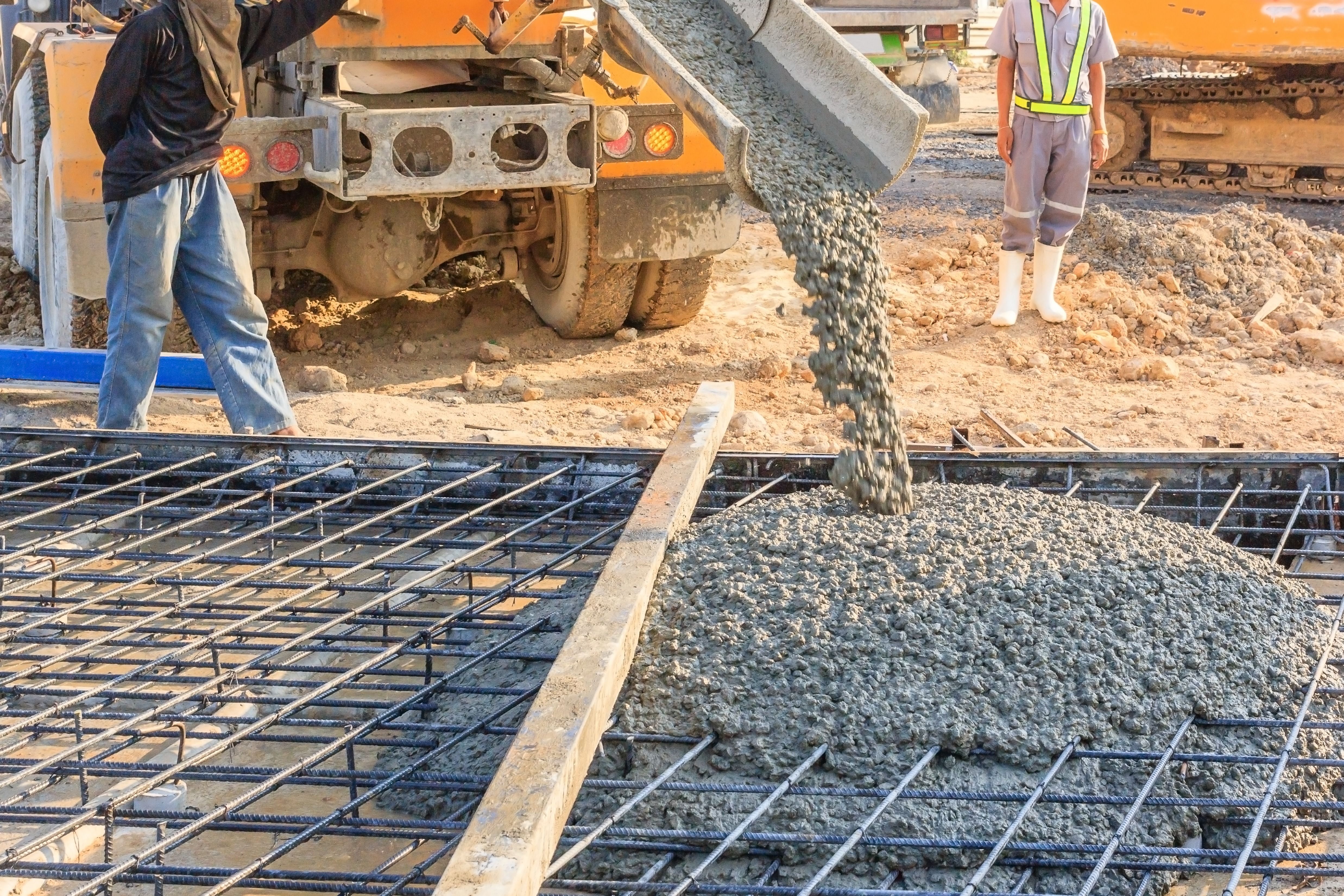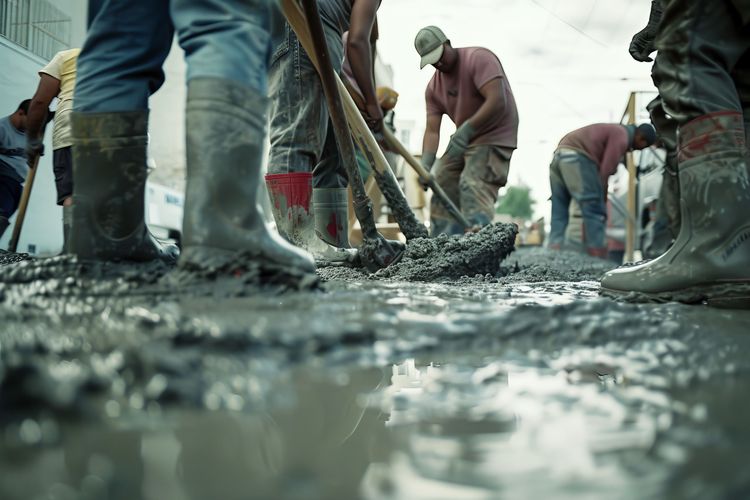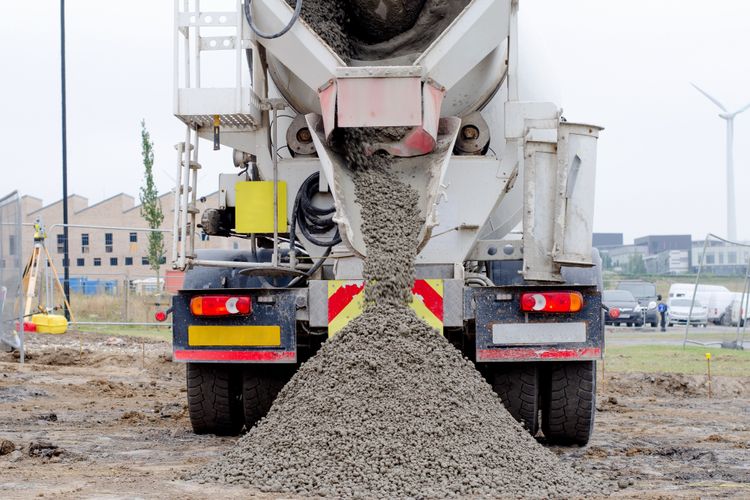High-strength concrete (HSC) is an indispensable material in contemporary construction, lauded for its enhanced durability and superior load-bearing capacity. However, a prevalent issue with HSC is the occurrence of cracks in walls and columns. These cracks not only mar the aesthetic appeal but also undermine the structural integrity of buildings. This blog delves into the technical strategies to avert cracks in high-strength concrete structures, ensuring longevity and robustness in construction.
Understanding the causes of cracks
Before addressing prevention methods, it is crucial to comprehend the primary causes of cracks in high-strength concrete:
- Shrinkage: as concrete cures, it undergoes volumetric changes. Drying shrinkage is particularly significant and can lead to tensile stresses that result in cracking if not properly managed.
- Thermal expansion and contraction: concrete expands and contracts with temperature variations. If these movements are restrained, they induce stresses that can cause cracking.
- Improper concrete mix: an incorrect proportion of building materials can produce weak concrete prone to cracking.
- Inadequate curing: curing is essential for strength development in concrete. Insufficient curing can lead to early-age shrinkage and cracking.
- External loads: excessive loads beyond the design capacity can cause stress and cracks in reinforced concrete structures.







 +91 7208055523
+91 7208055523
 Help & support
Help & support
